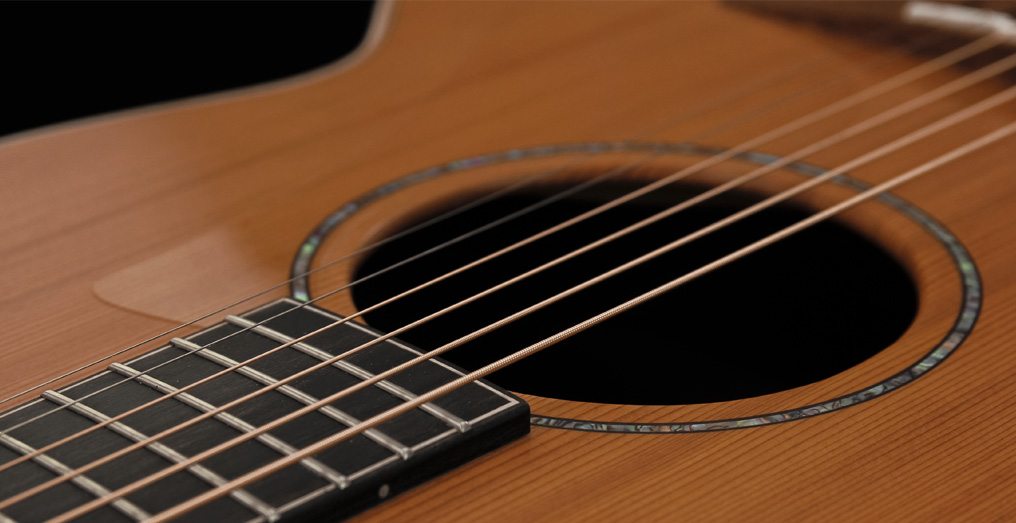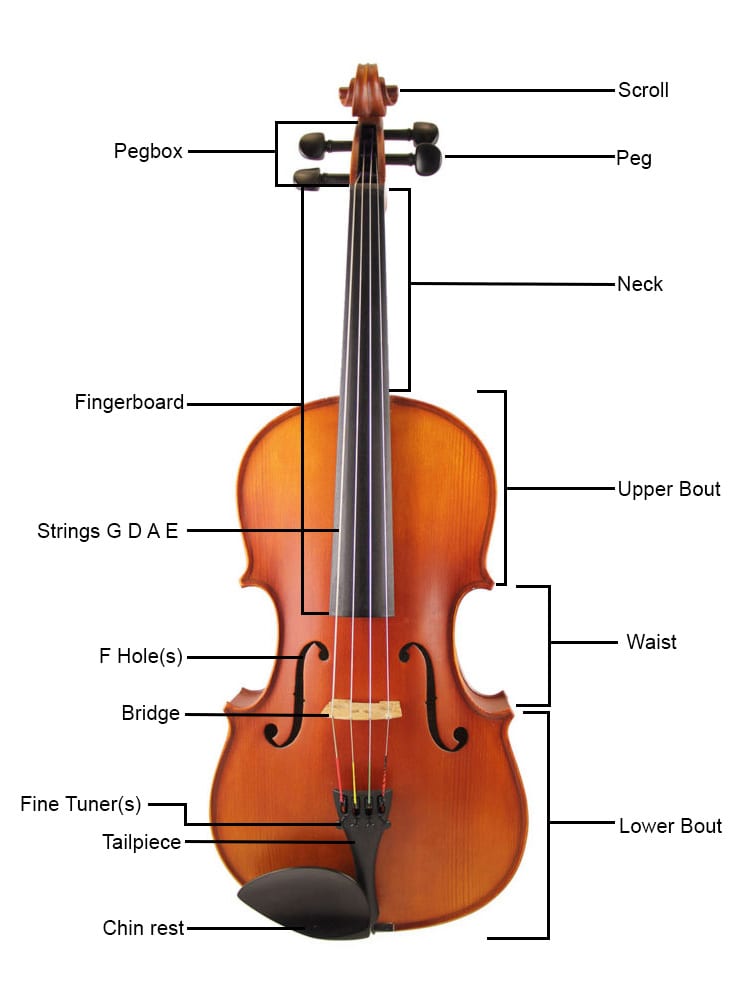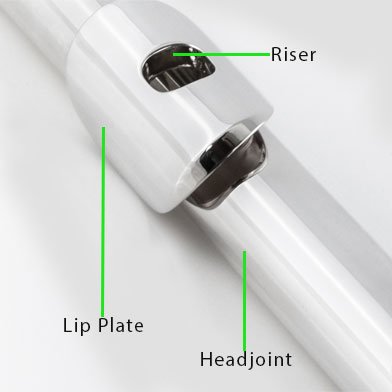Bell
All brass instruments have a bell, this enables good sound projection and volume. They can also completely change the character of the instrument; different sizes, materials, and material thickness also have an effect on the sound. Yellow brass is the most common, which produces a bright sound, whereas rose brass can be a much warmer sound. Silver is said to be brighter but this is often contested!

Bore
The bore is simply the hole/hollow running through the centre of the instrument. The bore can be a different size and shape which can have a huge effect on the sound.
Straight bore and tapered/conical bore; the straight can be found on a trumpet and give the bright, piercing jazz sound, whereas conical bores on instruments such as cornet, flugel horn, french horn give a much softer warmer tone.

Embouchure
The embouchure is not just limited to brass instruments, but also woodwind. It simply means the shape, and position of the players mouth on their mouthpiece whilst playing the instrument. To produce a good, strong sound, you need good facial muscles and control which come with practice!
Mutes
These are inserted into the bell of a brass instrument to alter the sound. A simple practice mute will just muffle the sound to allow the player to practice silently. There are also many types of mutes used in performances that create a unique effect which will alter the sound and tone of your instrument.

Monel Valves
Monel is a group of nickel alloys, composed of nickel (ranging from 52 to 67%) and copper, with small amounts of iron, manganese, carbon, and silicon.
It is a very hard wearing material and perfect for brass instrument valves and it lasts much longer the standard valves. Monel valves are normally found on intermediate instruments upwards.
Lead Pipe & Receiver
The lead pipe is the first section of tubing on the instrument, which is also the receiver for the mouthpiece to be fitted.
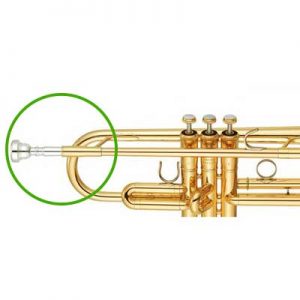
Thumb Hook & Finger Ring
The thumb hook and finger ring are there for two main reasons. Firstly, to help hold the instrument comfortably and help balancing and secondly to make sure your hand position is accurate.

Reversed Lead
Only found on trumpets, a reverse lead pipe creates a different air flow which some players prefer as it can produce a smoother, but brighter sound. The actual difference is one side of the pipe slides in the main trumpet pipe, and the the other slides over. See picture!
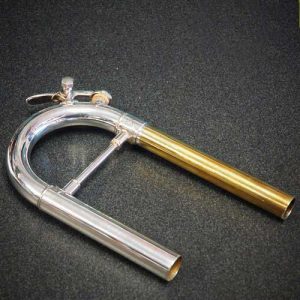
Piston Valves
Most brass instruments you come across will have piston valves. They move up and down within the valve casing as the player presses from the button on the top. The holes within the valve line up with the pipe work of the instrument, changing the airflow which in turn changes the pitch.

Slides
Slides are a feature of all brass instruments, moving the slides in out alter the overall length of the pipework, changing the tuning of the instrument. The trombone has a tuning slide, but the main slide is moved in and out as part of playing, to create the different pitch in the absence of any valves/pistons.
Rotary valves
The most common instrument with rotary valves is French Horn. Unlike the up and down movement of piston valves, rotary (as you have probably guessed!) spin. Just like a piston valve, this changes the airflow around the instrument changing the pitch.

Water Keys
Also known as ‘spit valve’, they allow excess moisture to be drained. This moisture is from the condensed moisture from the players breath.
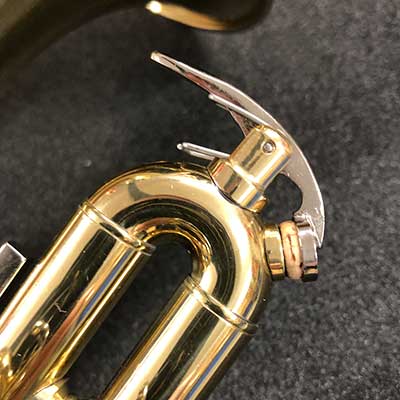
Trigger
Triggers are used on trumpets, cornets and some euphoniums. Generally only found on more advanced instruments.
The trigger itself is a mechanical lever that allows a slide to be moved whilst playing the instrument and adjusting the tuning of certain notes.
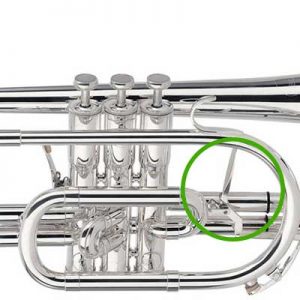
Valve Guide
The valve guide is a small plastic (sometimes metal in older instruments) guide that locks the piston in place. This ensures the piston cannot spin in the valve block when being pressed.



